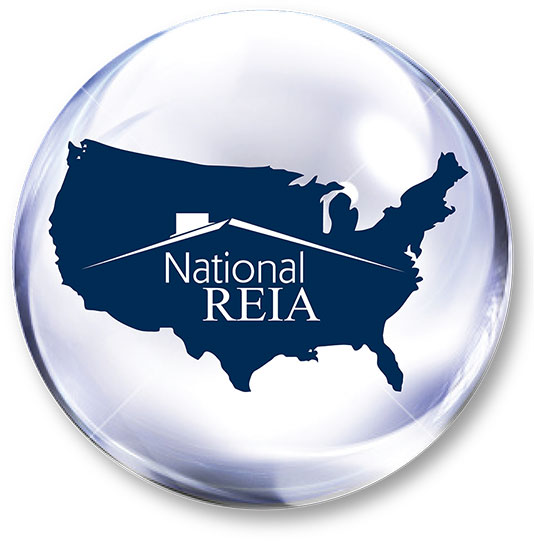The Legislative "Fix" For The Hirst Decision: What Does It Mean?
By Doug Owens
I have written two articles about the Supreme Court’s Hirst decision, the first just before the end of the 2017 extended legislative session and the second a few months later based on an article I had read by a colleague on the implications of the decision for people in counties other than Whatcom. By now you have probably heard or read that the current Legislature has adopted a bill, which the Governor has signed to address the Hirst decision.The bill carries an emergency clause and so it has taken effect.
As you might imagine given the number of diverse and contending interests who battled through four consecutive legislative sessions to achieve this outcome, the bill is complex. It provides relief for those who want to develop residential property using permit-exempt wells in non-urban areas but the relief is not “go drill your well” and forget about it.
The bill divides the state by groupings of Water Resource Inventory Areas or WRIAs, which are geographic areas that have been established by the Department of Ecology (DOE). There are other overlying groupings based on whether the counties in which the specific WRIAs lie are required to do periodic planning under the Growth Management Act or not. Because this article is for REAPS which is focused on the Puget Sound area, I will try to limit the discussion to the WRIAs and counties involved in that area.
In the WRIAs for the Stillaguamish, Quilcene-Snow and Lewis rivers where DOE already regulates permit exempt wells, nothing changes under the new law. In the WRIAs for the next two groups, the Nooksak, Nisqually, Upper and Lower Chehalis as the first and the Snohomish, Cedar-Sammamish, Duwamish-Green, Puyallup-White, Chambers-Clover, Deschutes, Kennedy-Goldsborough and Kitsap, the revisions fall into several categories.
First, the right to withdraw up to five thousand gallons per day per connection for a permit-exempt well for residential or non-commercial agriculture or stock watering is from a practical
standpoint, gone. Second, for both of these groups of WRIA's there is to be an effort to develop watershed plans using incentives to reclaim water and increase available supplies. Various stakeholders will participate including DOE in collaboration with parties which will comprise a watershed restoration and enhancement committee for each affected WRIA. All members of this committee must vote to approve a watershed plan if it is to be the product of this committee process.
The watershed plan is intended to be based on estimates of the impacts on streamflows of various uses during the period of the next twenty years. Until a new watershed plan is adopted for a WRIA, the non permitted well withdrawals in that WRIA will be capped for the first group of rivers at three thousand gallons per day per connection for residential use and for the second group of rivers at nine hundred fifty gallons per day.
Until the watershed plans are adopted and rules approved for the plans, any county that is going to approve a building permit or a subdivision must record the applicable restrictions on water supply with the title of the property on which the residence or subdivision will stand. If the watershed restoration and enhancement committee in a specific WRIA does not adopt a watershed plan before specific statutory deadlines that vary by geographic area, DOE is required to adopt rules that meet the requirements of the statute to govern withdrawals from permit-exempt wells.
For those contemplating a development, the counties are required to determine with regard to available water if the subdivision is to be served by permit-exempt wells, that the wells comply with rules adopted under the statutes governing withdrawals as part of overall water resource management and the establishment of minimum river flows.
There are additional requirements for developments in the WRIAs for the Upper and Lower Skagit rivers based on court cases involving tribal litigation. In other areas and WRIAs not mentioned, something less elaborate such as a water well report may satisfy the requirement to demonstrate the availability of potable water for a development. DOE is also to start pilot projects to measure the actual withdrawals by people who receive authority to drill permit exempt wells, and report the results to the Legislature. All in all this is a significant change for permit exempt wells in the state. The foregoing is intended for education and should not be considered legal advice.
About the author...
Doug Owens practices real estate law and general business law from his office in Anacortes. He offers a 20% discount for REAPS members and he can be reached at (360) 299-3990 or [email protected].
“REAPS is the oldest – and largest - Professional Association for the real estate investor this side of the Mississippi. We provide education and networking resources for real estate investors, those who want to be investors and anyone who provides value to our members. Our goals are to motivate and support our members and guests through education, discussion, legislative action, and networking. We host over 40 live events a year around Puget Sound and they are all open to the public. If you've never attended one of our meetings, just email our office at [email protected] and be our guest for free!"


